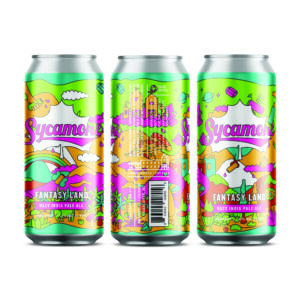 The name of your brand is a very valuable asset which is worth protecting, and trademarking it will do just that.
The name of your brand is a very valuable asset which is worth protecting, and trademarking it will do just that.
Of course if you need a little instruction on how to go about securing a trademark for your brand, it might seem like a daunting task, so here are some simple ways to go about completing it.
Make use of a specialist trademarking service
Arguably the easiest way to get your trademarks registered is via a trademark registration service, which as the name suggests will take care of all the complex paperwork needed to fulfill the requirements of getting registered correctly.
The best providers around will give you access to the expert support and guidance of qualified trademark attorneys, who will not only do everything they can to ensure that your trademark application is successful, but will also be able to advise you in the case that any problems arise.
Apply under your own steam
If you think that you can handle the trademark application process yourself, then you can do this online. Be aware that it takes quite a long time for new applicants to get their applications approved, as of course it needs to be thoroughly scrutinized and vetted by the regulators, and it may be up to a year before the whole thing has been concluded.
Self-application has been made much easier thanks to the digitization of the process, but be aware that you will likely need the support of a legal advisor at some point in order to ensure everything goes smoothly, so outsourcing it entirely is still a very sensible strategy.
Leverage the automatic legal protections
One thing that is worth pointing out is that your brand name is automatically protected under the law from the second that you create it, so there is no innate need to trademark it if you do not wish to.
However, there are a host of benefits associated with having a property registered trademark for your brand, chief amongst which is that it will be better shielded from subversion and exploitation by third parties, giving you recourse to take action if any infringement occurs.
Another perk is that your trademark will become searchable so that other businesses can see that it exists and will therefore be less likely to use an identical or very similar name for their own organization or products.
So while you can rest easy in the knowledge that legal protection for your trademarks will be implemented without requiring registration, on balance it is still savvier to apply officially in order to avoid hassle further down the line.
Consider what makes a brand name trademarkable
A final thought on the issue of trademarking your brand name is that not all names will be eligible for protection in the first place, so you need to make sure that yours fits into one of the most acceptable categories.
Fanciful marks, meaning those that use words that do not have a meaning that is already defined, are simplest to secure against misuse by third parties, although not just any collection of consonants and vowels will actually click with prospective customers.
Arbitrary marks, meaning those that do have a definition, but not one which is related to your business or its products, can also be a good choice, as evidenced by tech giant Apple.
Suggestive marks hint at what a business provides, yet does so in a way that is adjacent to the direct meaning you might expect, such as Netflix.
Generic marks cannot be registered on their own, but can be protected if accompanied by a unique modifier; so ‘watch shop’ would not be eligible, but ‘Sparky’s Watch Shop’ might be.
As you can see, trademark registration has hoops to jump through and caveats to keep in mind, but is worth the time and effort to complete thoroughly.


